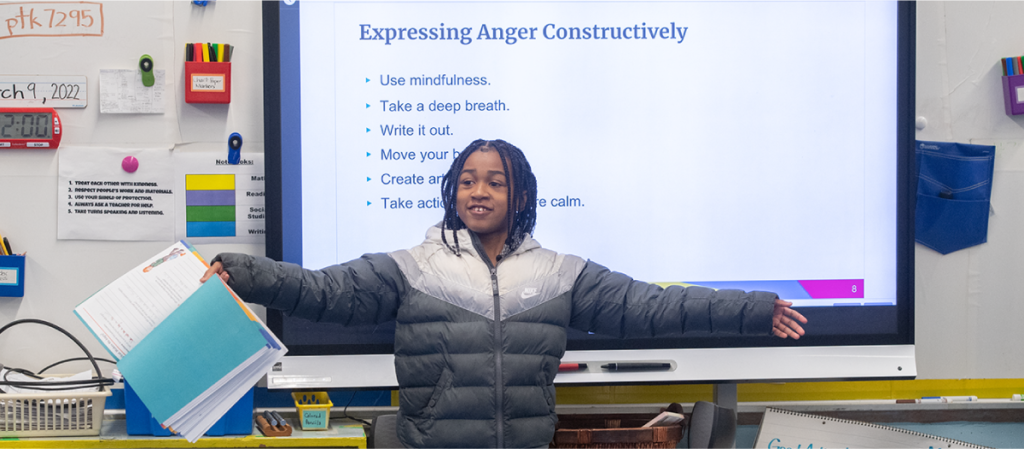
It’s the time of the year when middle school students are more comfortable with their learning community. They know what the expectations are. They know where their classes are. They are familiar with the flow of the school day. It’s also the time of year when I begin noticing challenging behaviors begin to emerge that are a direct result of this increased comfort.
As my students get more settled into their environment, I tend to see an uptick in off-topic conversations during class, as well as a pattern of students who usually pass work in on time struggling to finish assignments. Even when it is not the student’s intention, behaviors like these can come across as:
It’s important to remember that many of these behaviors are developmentally normal. For example, a seventh grader talking in class is to be expected according to common developmental patterns. That doesn’t mean that the behavior isn’t challenging or that it doesn’t need to be addressed; however, cracking open Yardsticks to understand where my students are developmentally helps me prepare for and contextualize these behaviors rather than overreact in the moment.
Below are tools I use to support my students through this time of year and address any behavior issues that pop up.
One key difference between the beginning of the year and now is that I know my students better. As I observe them, I look for patterns, trends, or shifts in what I know about their behavior. If I notice any major changes, I ask myself a few questions:
Answering these questions helps me plan for how to address the issue.
Middle school students are in a developmental phase where they are easily embarrassed and where their peers’ opinions matter a lot. Publicly pointing out missteps and mistakes can create the opposite result of what is intended. Handle behaviors privately when possible.
One way I keep behavior issues private is through problem-solving conferences. A problem-solving conference is a strategy for addressing one persistent problem involving one student by helping them identify the problem, take responsibility for it, and brainstorm solutions for it. These conferences are meant to be a collaboration, so it is important both that a relationship between the adult and student already exists and that the teacher asks for permission to hold the conference. These are not quick conversations, so I make sure to plan the conference ahead of time and figure out a time of day that works for both the student and me.
Two types of teacher language are critical tools in supporting students through difficult midyear behaviors:
As you use the strategies above to help your students navigate the inevitable bumps in the road that are particular to this time of year, remember that your greatest tool is empathy. Approaching each situation with curiosity and a desire to understand where the student is coming from will help you figure out the best way to address any difficult behavior and help that student find success.
Dr. Joe Tilley is the Responsive Classroom research manager.